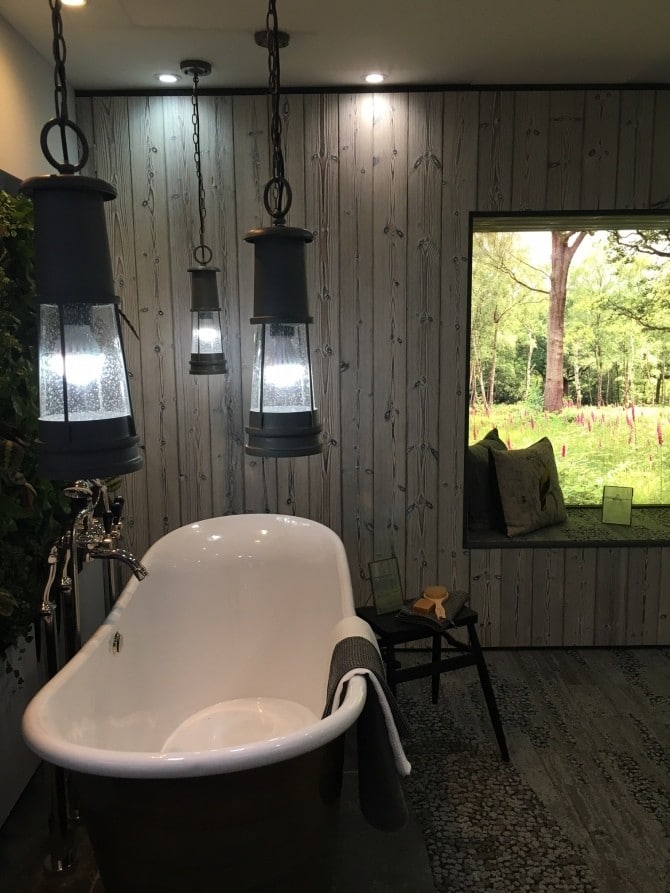The London Design Festival predicted that biophilic design would play a prominent part in architecture and interior design in 2020. What is biophilic design and what has it got to do with charred timber cladding?
What is Biophilic Design?
Biophilic design has been creeping into designers’ vocabulary for several years now. In summary, biophilic design is a growing consciousness towards nature and the impact of nature on our well-being. An early example is the hotel room designed by Oliver Heath back in 2015, which included Shou Sugi Ban® charred timber.
Biophilic designers incorporate elements from the natural world into the built environment. It prioritises natural light, ventilation, views and natural materials. It might involve using wood in place of steel and concrete as a construction material or completing a building with charred timber cladding.
Why are Natural Materials Important in Design?
Natural materials add character and variety to a building. Their appeal stretches beyond a visual impression. Consider the tactile quality of stone, woven willow and wood grains. Soak up the fresh aromas of leather, wood and indoor plants.
Far more than placing a token pot plant into a room, the biophilic designer focuses on connections. The aim is to minimise the divide between interior and exterior spaces; your home freely flows into the garden, encouraging people outside. The office offers natural light, fresh air and greenery that connects with views of trees or sky.
This is not design for design’s sake. There is a connection between these natural elements and how positive and productive we feel. As humans, we have a natural affinity with nature. Research has shown a correlation between our exposure to nature and our sense of well-being. We may now spend little time in the great outdoors, but the positive impact can still be felt with biophilic design.
Timber construction, timber cladding, cork, knitted wool, woven silks, terracotta, leather; these materials give off a natural warmth that makes us feel comfortable. Beyond feeling at ease, biophilic design has been proven to improve the health and productivity of those living or working in these naturally-enhanced environments.
Biophilic Design 2020
This year, architectural and interior design is favouring rich natural colours and tones. Farrow & Ball have released a collection of paints developed in collaboration with the Natural History Museum. The precisely-matched shades include such delights as Duck Green and Common Marigold.
Timber cladding has become a feature of interior and exterior design, along with sculptural wooden installations and wooden furniture. Our Shou Sugi Ban® charred timbers have added the finishing touch to urban developments and rural retreats, such as the off-grid Black Barn in Suffolk, designed by Studio Bark.
This year, we also see that curves and organic forms are replacing straight, rectangular edges. Botanical prints are on trend for fabrics and wallpapers, moving interior design away from the plain, muted greys of Skandi design. From small pot plants to living green walls and garden terraces, no home or office is now complete without greenery.
Specialists in Charred Timber Cladding
Exterior Solutions Ltd offers the Shou Sugi Ban® range of charred timber finishes for architectural and interior design. Based on the traditional Japanese technique of Yakisugi, our experienced team create a high-quality finish in our on-site workshop.
The charring process is effective in creating a highly desirable finish in a range of colours. Our tried and tested timber selection is not only visually enhanced by charring. The process also helps to protect and preserve the wood.
If you would like to receive our Shou Sugi Ban® catalogue, call us on 01494 711800. We can also answer your questions about the suitability of charred wood for a chosen application.


